What’s Making San Diego a Top-Tier Office Market
See the latest details on how this metro is performing, according to Yardi Research Data.
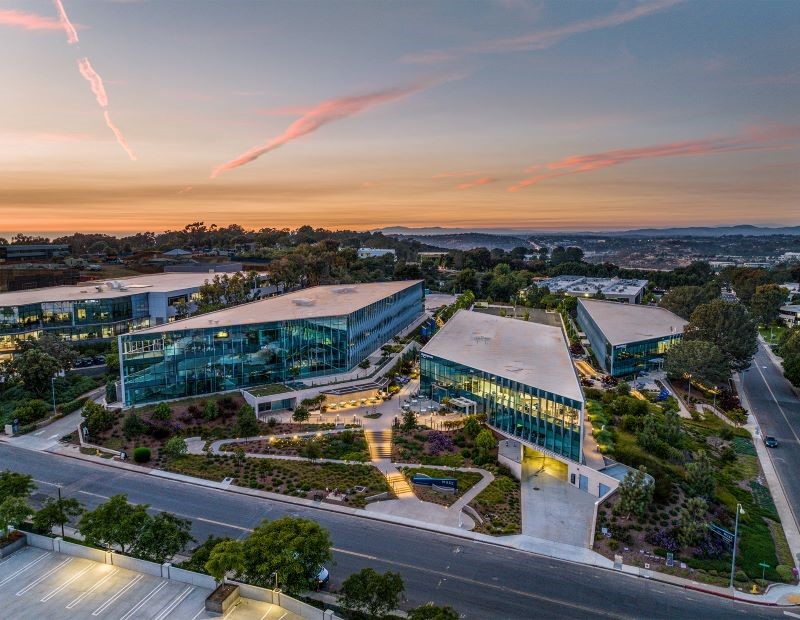
San Diego’s office sector continues to perform well across several key metrics, according to Yardi Research Data.
Office investment during the first five months of the year included some noteworthy deals that consolidated San Diego’s position as one of the top 10 U.S. markets. The average price per square foot was the third highest in the country, significantly above the national average.
The metro’s development pipeline gained several new projects as of May, so becoming one of the largest nationally. However, San Diego also posted one of the highest office vacancy rate that month, driving owners to consider selling or redeveloping underutilized properties. Residential conversions are still among the most viable solutions.
High sale prices, close to those of gateway markets
Year-to-date through May, San Diego’s office investment volume amounted to $690 million, placing the metro on the eight spot among the top 25 U.S. markets, right below San Francisco ($769 million). Among its peers, San Diego was behind the Bay Area ($2.1 billion in sales), but surpassed Denver ($413 million), Austin ($257 million) and Phoenix ($254 million).
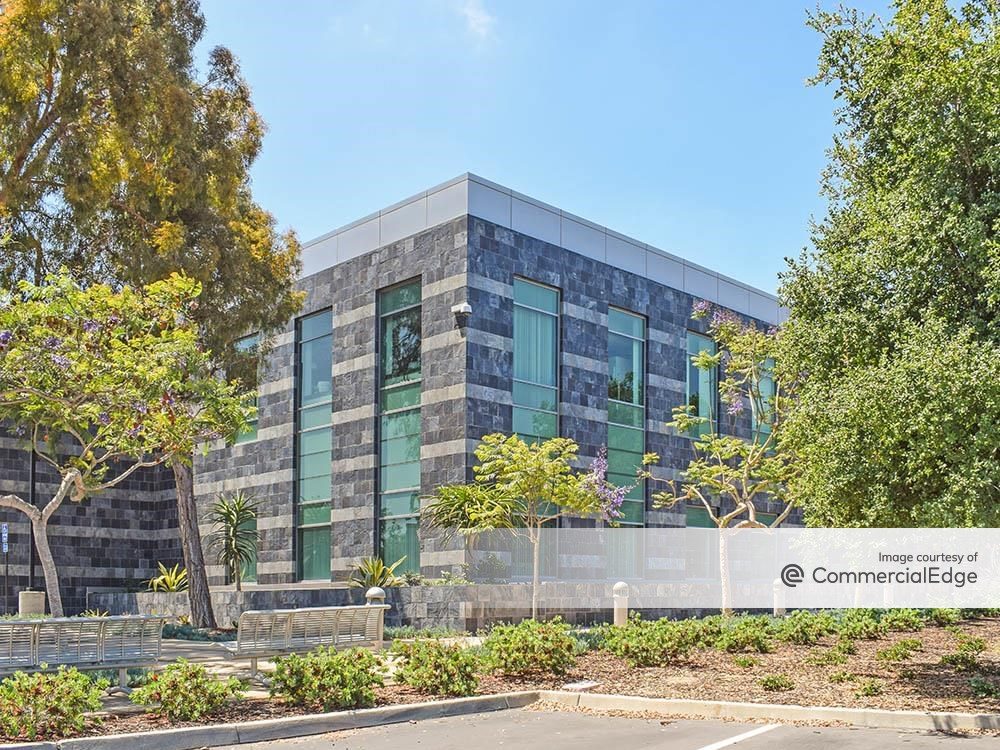
One of the largest transactions that closed in San Diego since the start of the year was the $255 million sale of Pfizer’s La Jolla Campus. Blackstone-owned BioMed Realty purchased the five-building research complex totaling 496,479 square feet.
The second-largest deal involved MUSE, a three-building life science campus in Torrey Pines. Diversified Properties sold the asset to Breakthrough Properties for $159 million in early February. The buildings at 3030, 3040 and 3050 Science Park Road encompass 185,976 square feet.
San Diego’s office assets changed hands at an average of $346 per square foot—a price significantly higher than the national $194 per square foot and the metro’s September value, which stood at $196 per square foot.
The market occupied the third spot in the U.S. after Manhattan ($448 per square foot) and the Bay Area ($356 per square foot), and the second spot among its peers. The price per square foot outperformed those registered in similar markets such as Austin ($221), Phoenix ($190) and Portland ($152), to name a few.
San Diego’s pipeline, 4th among peers
San Diego had nearly 2.6 million square feet of competitive office space underway across 16 properties as of May, representing 2.3 percent of total stock—well above the national average of 0.9 percent.
Among peer markets, San Diego ranked fourth for pipeline size. Austin occupied the first position, with 3.9 million square feet in development, followed by the Bay Area (3.3 million square feet) and Houston (3.2 million square feet). At the other end of the spectrum was Denver, with only 818,679 square feet under construction.
READ ALSO: Office Conversions, Demolitions Outpace New Construction
The market’s most sizable five projects underway encompass nearly 1.6 million square feet. The largest one remains the 426,927-square-foot development at 4135 Campus Point Court. Alexandria Real Estate Equities is building this life science property as part of its Alexandria Point campus, a 2 million-square-foot office complex fully preleased by Bristol-Myers Squibb Co. The completion date has been pushed to early 2026.
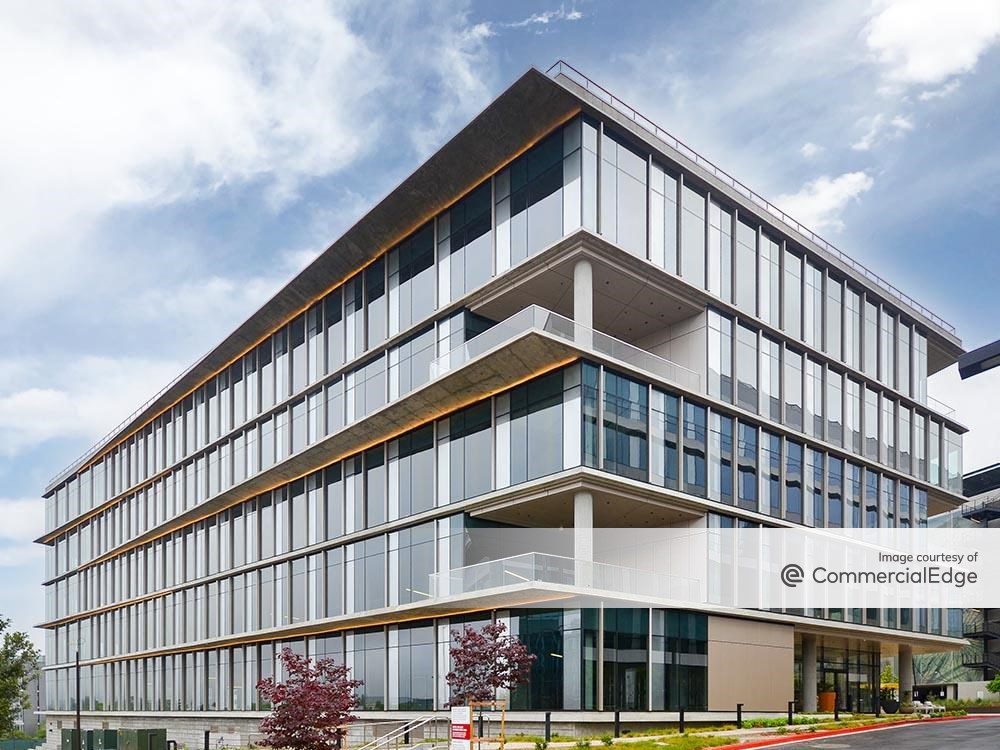
The second-largest development is the 377,977-square-foot Building 100 at Campus at Horton, a mixed-use master-planned campus in downtown San Diego. Stockdale Capital Partners broke ground on the project at 100 Horton Plaza in 2020 and expects to complete it by the end of this year.
Year-to-date through May, developers broke ground on two projects totaling 336,000 square feet, while office deliveries included four properties totaling 856,484 square feet, down 44.6 percent year-over-year.
Deliveries included Buildings A and B within Pacific Center, a life science campus developed by Sterling Bay and Harrison Street in the metro’s Sorrento Valley submarket. The two office low-rises make up the first phase of the four-building development.
Vacancy, rents on the rise
San Diego’s office vacancy rate reached 23.1 percent in May, marking a 460-basis-point year-over-year increase. The index was significantly above the national average of 19.4 percent and among some of the highest in the nation. In fact, almost all of its peers surpassed the 20-percent mark for vacancies: Austin (26.7 percent), the Bay Area (25 percent), Denver (23.6 percent).
San Diego’s asking rents averaged $45.17 per square foot that month, above the national average of $33.15 per square foot and up 6.2 percent over the year. The metro’s average rent lagged those registered in the Bay Area ($52.92 per square foot) and Austin ($46.11 per square foot), but stayed ahead other similar markets such as Denver ($30.63 per square foot) and Phoenix ($28.48 per square foot).
A notable lease signed in San Diego in the first five months of the year was J. Craig Venter Institute’s 50,000-square-foot commitment at IQHQ’s Research and Development District. The tenant relocated its West Coast office to RaDD’s third building, known as The Core.
Large inventory for office-to-residential conversions
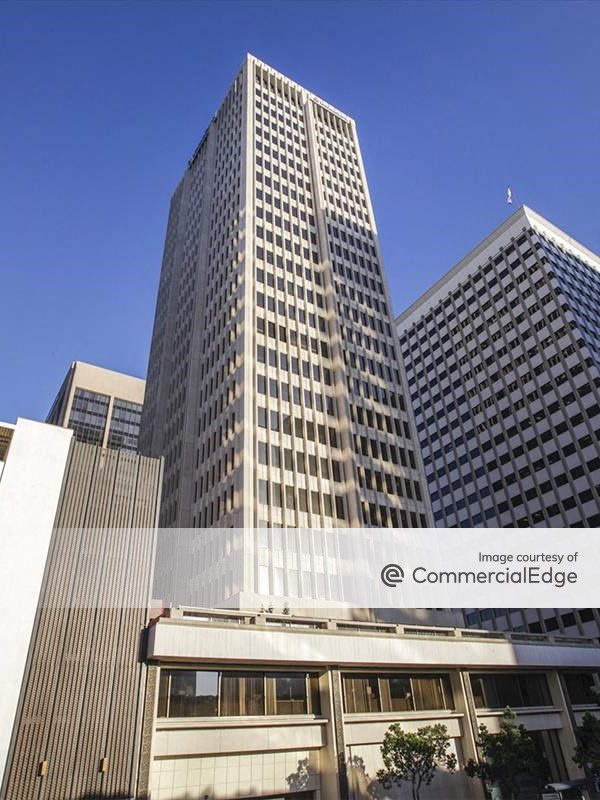
Office-to-residential conversions has emerged as a popular solution for owners and investors looking to repurpose underutilized or vacant office buildings. The Conversion Feasibility Index, a Yardi-powered tool, highlights which U.S. markets show office inventories suitable for residential repurposing. The tool evaluates a property’s potential by using a CFI score spread across three tiers, with Tier I scores indicating the most likely candidates.
In San Diego there are 21 buildings encompassing 1.8 million square feet in the Tier I category, posting a CFI score between 90 and 100 points. They are mainly Class B office buildings, located in the city’s downtown area. Another 173 office properties totaling 14 million square feet are in the Tier II category, with scores between 75 and 89 points.
One conversion currently underway involves Five Thirty B, a 250,181-square-foot office mid-rise built in 1966, with a CFI score of 90 points. Rising 24 stories in downtown San Diego, the property was sold by Swift Real Estate Partners to local developer Ambient Communities in October last year. After the purchase, the new ownership filed redevelopment plans for the transformation of the former First National Bank Building into a 180-unit multifamily property with new amenities.
San Diego’s coworking sector expands
San Diego’s flex office space footprint expanded to 2.5 million square feet as of May, up 19 percent from September. The market outperformed Austin (1.8 million square feet), but lagged Houston (4.5 million square feet), Denver (3.7 million square feet), Phoenix (3 million square feet) and the Bay Area (2.9 million square feet).
The rate of shared office space as percentage of total leasable office space in San Diego stood at 2.4 percent—above the national average of 2 percent and outperforming Denver (2.2 percent), Phoenix (2.0 percent) and Austin (1.8 percent).
Regus ranks first on the list of flex office providers with the largest coworking footprint in San Diego, with 331,333 square feet. M.C. Strauss Co. (265,623 square feet), Spaces (133,292 square feet), Premier Workspaces (122,948 square feet) and WeWork (105,282 square feet) round out the top 5.


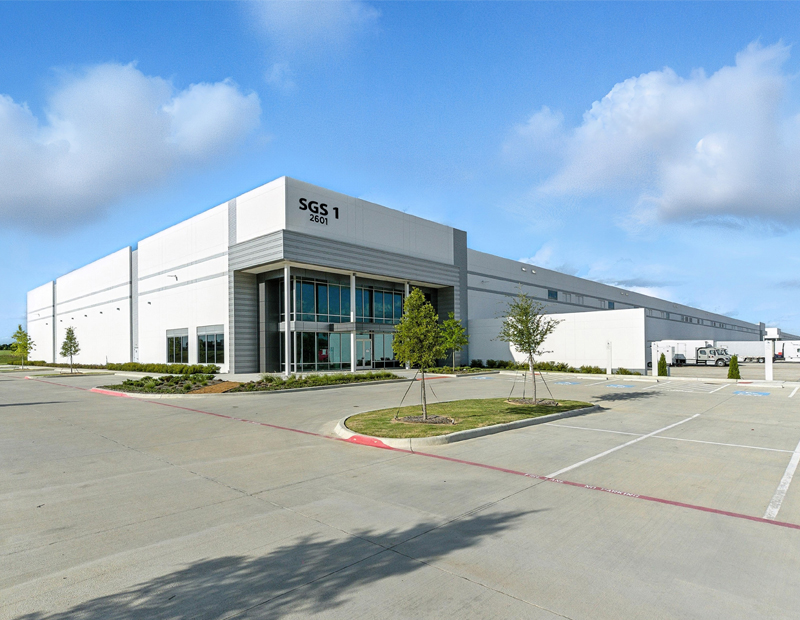
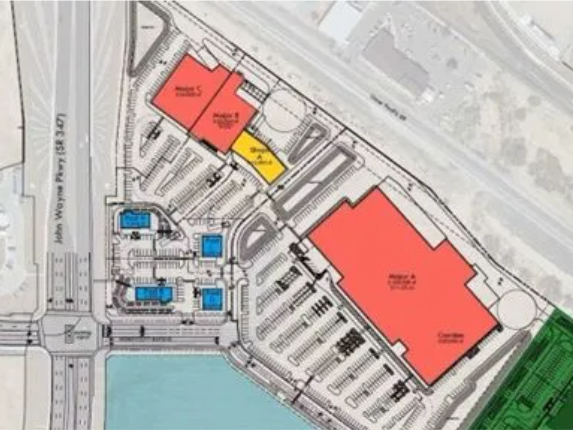
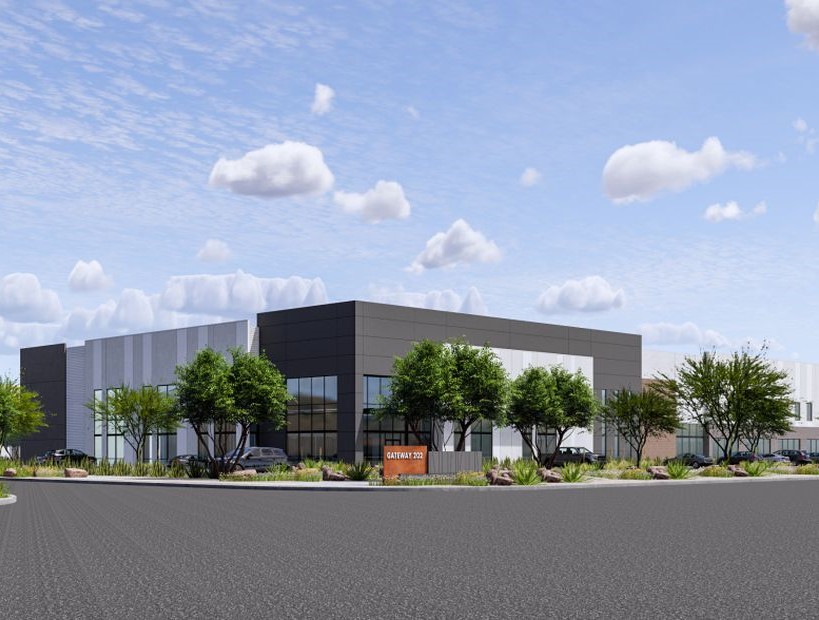
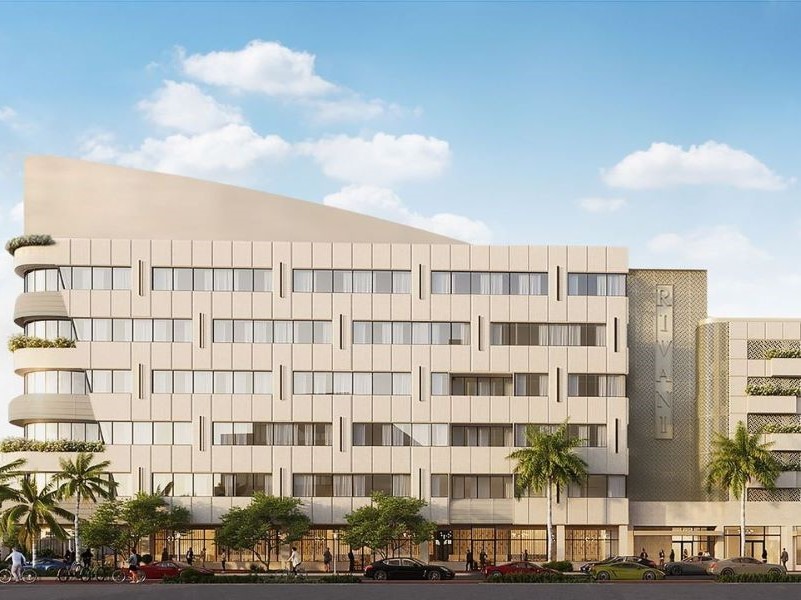
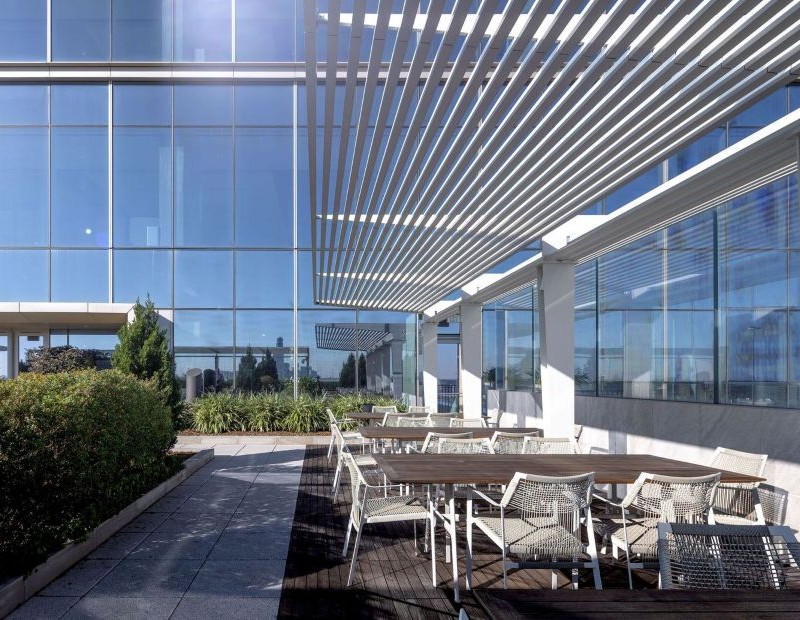
You must be logged in to post a comment.